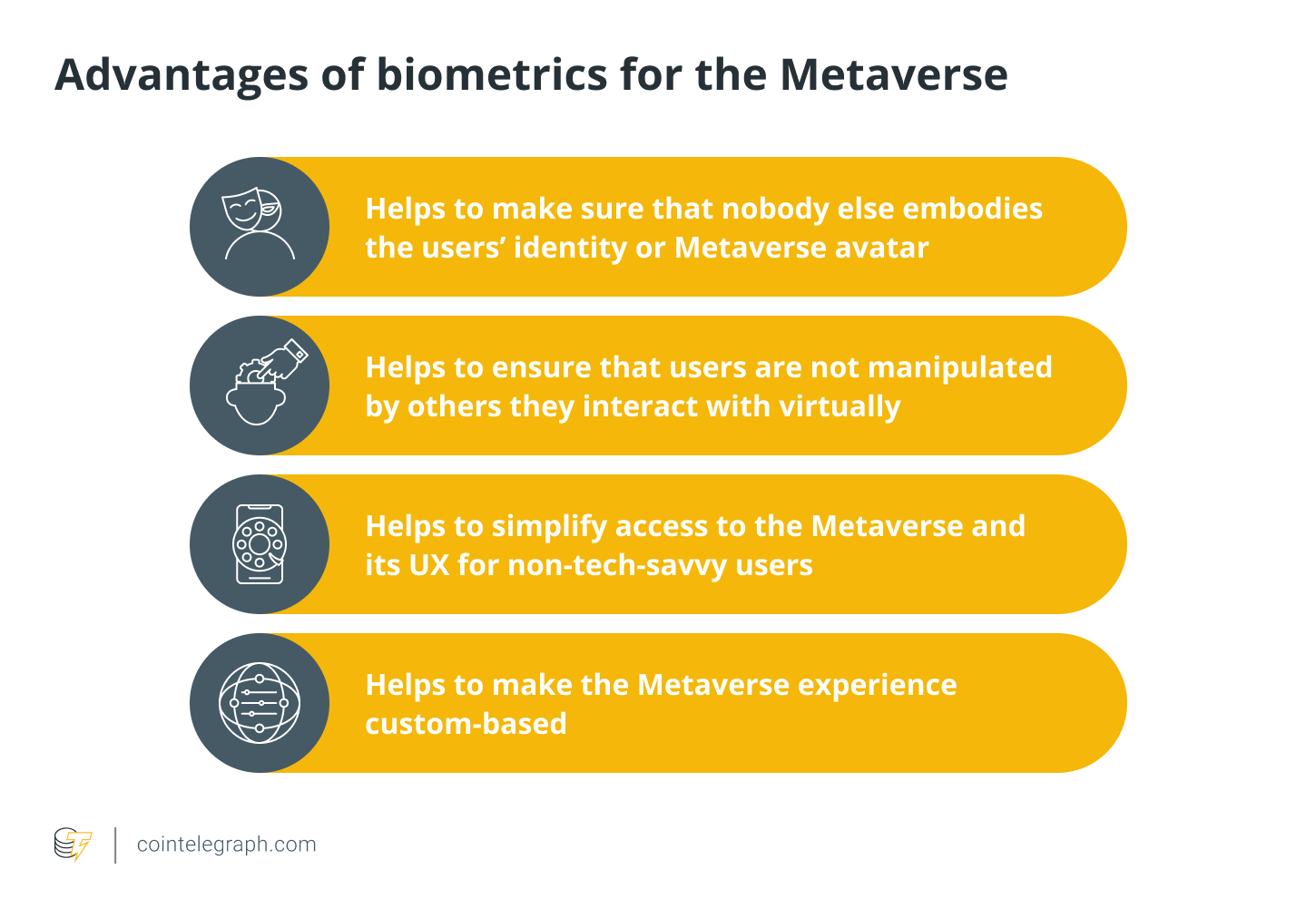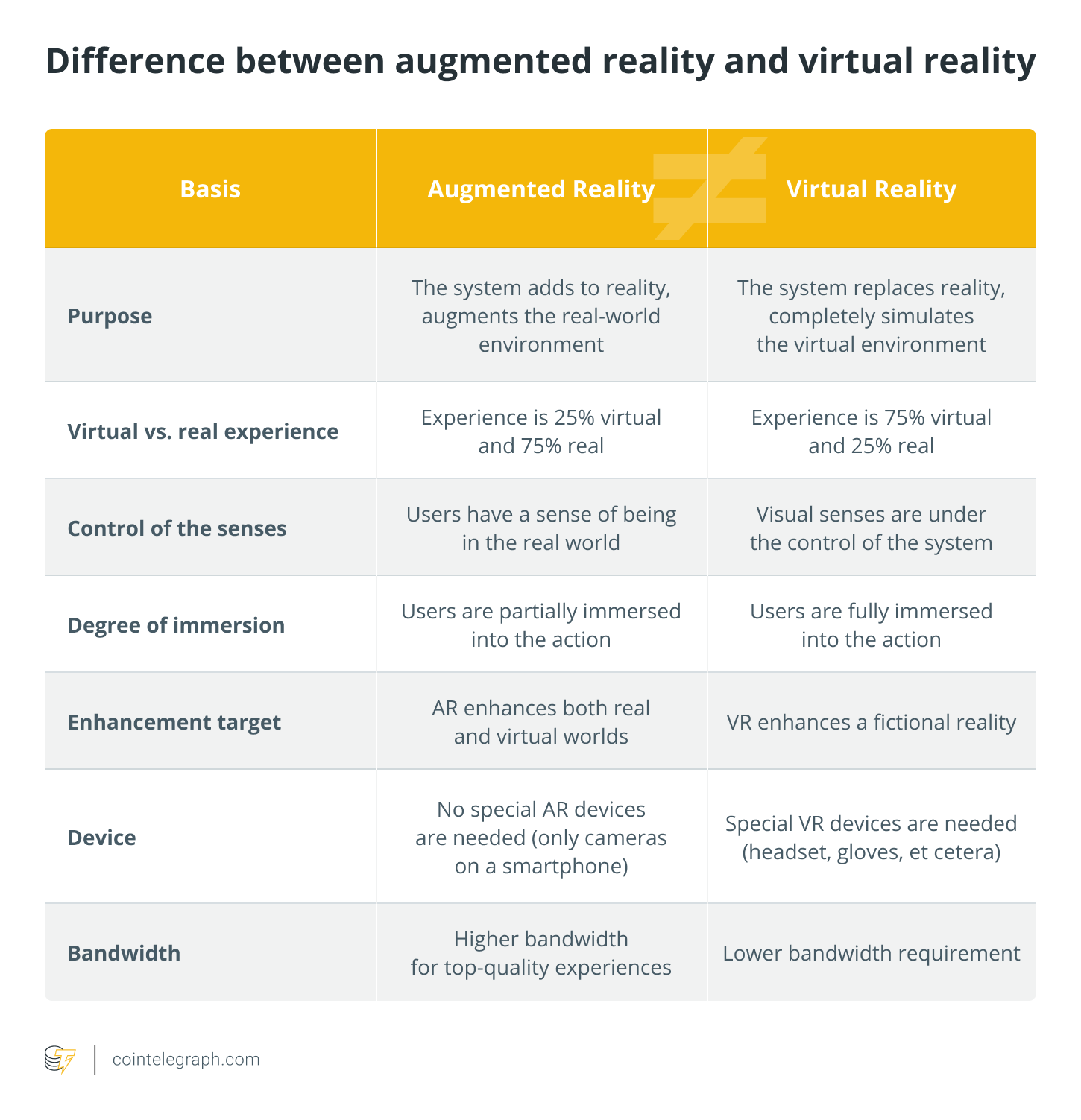Technology is a powerful force that has significantly influenced the future. It has enriched our lives in countless ways, from boosting productivity and efficiency to bridging geographic distances. Artificial intelligence (AI), machine learning (ML), robotics, and 5G networks are reshaping industries, opening up new applications, and altering the way we live.
For example, precision medicine is enabling patient-specific therapies, and driverless vehicles promise to decrease traffic accidents and increase mobility. However, technology brings new challenges such as job displacement and cyber security, but with good planning and management, technology can keep advancing and help create a better future for all.
Here are 10 emerging technologies in computing that will influence the future.
Artificial intelligence and machine learning
AI and ML are changing the way people interact with technology. They are driving automation, building intelligent systems, and enabling new applications in fields like healthcare, finance, and transportation.
Furthermore, artificial intelligence and machine learning can be used in blockchains for various purposes such as fraud detection, risk assessment, and predictive analytics. AI and ML algorithms can analyze vast amounts of blockchain data to detect suspicious activity and anomalies and make predictions about future trends. They can also be used to automate certain processes, such as smart contract execution and asset management.
quantum computing
The promise of quantum computers is that they will be able to tackle problems that traditional computers cannot. They use quantum bits (qubits) to perform computations simultaneously and exponentially faster than conventional computers.
One potential use case for quantum computers is in the field of cryptography, where they could be used to break certain types of encryption currently considered secure on classical computers. It’s because quantum computers are able to do some calculations significantly faster than conventional computers.
block chain technology
The main use case of Blockchain technology is the creation of decentralized and secure digital records that can be used for various purposes. One of the best-known applications of blockchain technology is the creation of cryptocurrencies such as Bitcoin (BTC), which are digital assets that can be used as a medium of exchange.
Since blockchains provide trustless and decentralized systems, they enable secure and more effective transactions, particularly in supply chain management, healthcare, and banking.
Internet of Things (IoT)
IoT refers to the process of connecting physical objects to the Internet so that they can communicate and collect data. It has applications in fields like manufacturing and healthcare and can be found in smart homes and wearable technology.
Related: Internet of Things (IoT): A Beginner’s Guide
A @accenture The research finds that most managers consider the Internet of Things to be a strategic factor in improving products, increasing revenue and optimizing the effectiveness of human resources. #infographic rt @antgrasso > #IoT #IIoT #FutureofWork #Automation pic.twitter.com/2oMSs3nfgz
– Edge Tech News (@NewsEdgetech) February 10, 2023
Biometrics
Biometrics involves the use of physical or behavioral characteristics, such as fingerprints or facial recognition, for identification and authentication. It has potential applications in areas such as banking, healthcare, metaverses, and law enforcement.
Related: What is Humanode Human Powered Blockchain?

5G networks
The next generation of wireless networks, or 5G networks, offer higher speeds and reduced latency than 4G networks. They have the potential to enable new applications such as remote surgery and intelligent transportation systems.
#5G technology is expected to revolutionize online #gaming in India, the second largest #telecommunications market, by allowing #gamesinthecloud and advanced technologies such as #ARKANSAS and #VR With the increase in speed and bandwidth of #5Gredes, @Indian Times.https://t.co/Ij6ud6wLUH pic.twitter.com/rmrJMbeizS
— Samsung Networks (@SamsungNetworks) February 14, 2023
Augmented reality (AR) and virtual reality (VR)
Augmented reality and virtual reality have the potential to improve the user experience in various fields, including gaming, education, training, and entertainment. Users can interact with digital things in the real world using AR technology, for example, and can be fully immersed in a virtual environment using VR technology.

AR and VR can be applied to improve customer contact and engagement with goods and services. For example, AR can be used in the retail industry to create virtual product displays, while VR can be used in the travel industry to generate virtual tours of locations.
edge computing
Instead of delivering data to a central server, edge computing processes it at the network perimeter. This makes it ideal for applications like autonomous cars and smart cities because it can result in faster processing times and less network congestion.
Edge computing is well-suited for autonomous cars because it enables real-time processing of the vast amount of data generated by the car’s sensors and cameras. It can process this data locally, at the “edge” of the network, allowing the car to make faster and more accurate decisions, improving safety and reliability. Furthermore, edge computing can enable autonomous cars to work even in areas with poor connectivity because it can operate independently of the cloud.
Extended Reality (XR)
Spanning virtual, augmented, and mixed reality technologies, XR has the potential to shape the future of work in a number of ways:
- Remote collaboration: Remote collaboration is made easy with the use of XR technology, even when team members are far away. Remote teams can collaborate in a shared virtual workspace using virtual reality and augmented reality, which offers a more immersive experience than video conferencing.
- Training and education: XR can be used to create immersive learning environments that allow students to hone their skills in a safe environment. This can be especially useful in industries like manufacturing or medicine, where VR and AR can be used to mimic operations and provide on-the-job training, respectively.
- Design and prototyping: XR technology can also be used for product design and prototyping. For example, virtual prototypes can be made with VR, allowing designers to see and test their concepts in a 3D environment.
- Customer Engagement: More immersive customer experiences can also be delivered through XR. While virtual reality can be used to offer virtual tours of real estate or travel locations, augmented reality can be used to create interactive product displays.
- Accessibility: XR technology can make certain work experiences more accessible to people with disabilities. For those who are unable to travel due to physical restrictions, virtual reality can be used to create virtual travel experiences.
robotics
Robotics involves the design, construction, and operation of robots that can perform tasks autonomously or with human guidance. Although robotics has been employed in manufacturing and logistics, it has potential uses in industries including healthcare, agriculture, and exploration.
The use of autonomous drones for the control and management of crops is an example of how robotics is used in agriculture. These drones can be equipped with cameras and sensors to collect data about crops, such as growth rates, soil moisture content, and plant health.
Machine learning algorithms can be used to examine this data to improve crop management techniques, such as fertilizer and pesticide application. Drones can also be used to plant and harvest crops, reducing the demand for manual labor and increasing productivity. Overall, robots hold the promise of improving agricultural production and sustainability while lowering costs and increasing yields.






